10 Most Dangerous Beaches In The World + 5 Safest Options
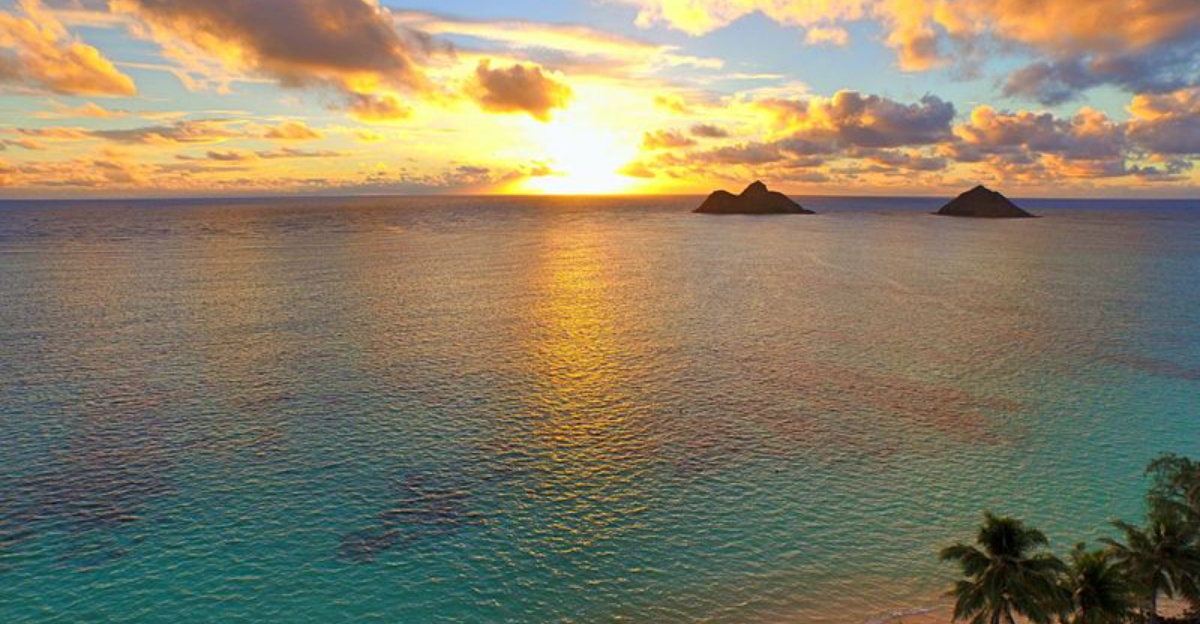
Beautiful beaches are hard to resist — but not every stretch of sand is as safe as it looks. Calm waves and postcard views can hide real dangers, from rip currents and shark activity to pollution and aggressive wildlife. Some beaches are magnets for accidents, while others quietly pose serious risks.
A little awareness goes a long way. This guide covers some of the world’s most dangerous beaches — and a few of the safest, where you can enjoy the ocean without the added stress.
1. Praia De Boa Viagem, Brazil
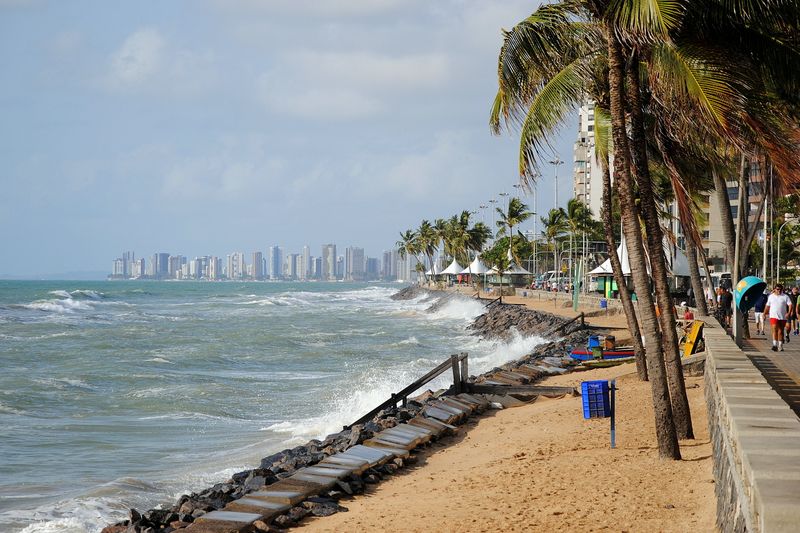
Shark attacks have earned this coastline a frightening reputation among locals and tourists alike. Since the 1990s, Praia de Boa Viagem has recorded over 50 shark incidents, with several proving fatal.
The construction of a nearby port disturbed local shark habitats, potentially driving bull and tiger sharks closer to swimming areas. Red flags and warning signs dot the shoreline, but many visitors still ignore them.
2. Gansbaai, South Africa
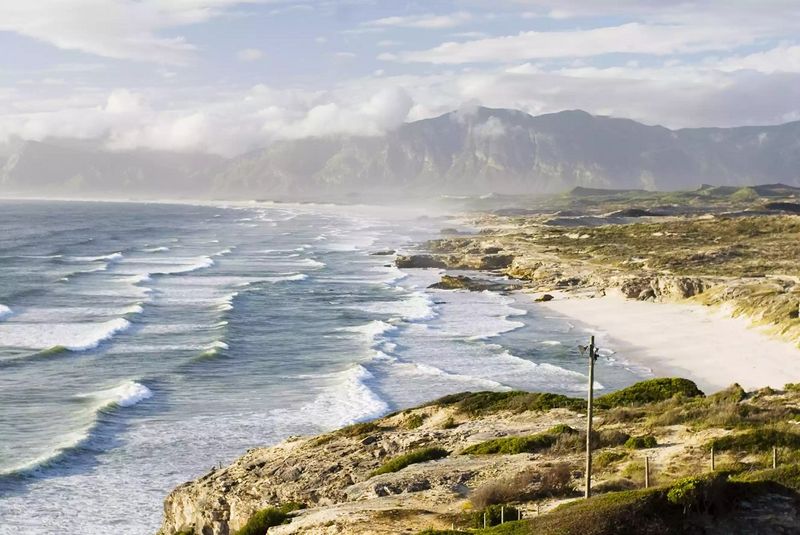
Known as “Shark Alley,” this stretch of water hosts one of the densest great white shark populations worldwide. The channel between Dyer Island and Geyser Rock creates perfect hunting conditions for these massive predators.
Gansbaai draws thrill-seekers for cage diving adventures, but swimming freely here would be extraordinarily dangerous. The water’s visibility often hides these silent hunters until they’re frighteningly close.
3. Fraser Island, Australia
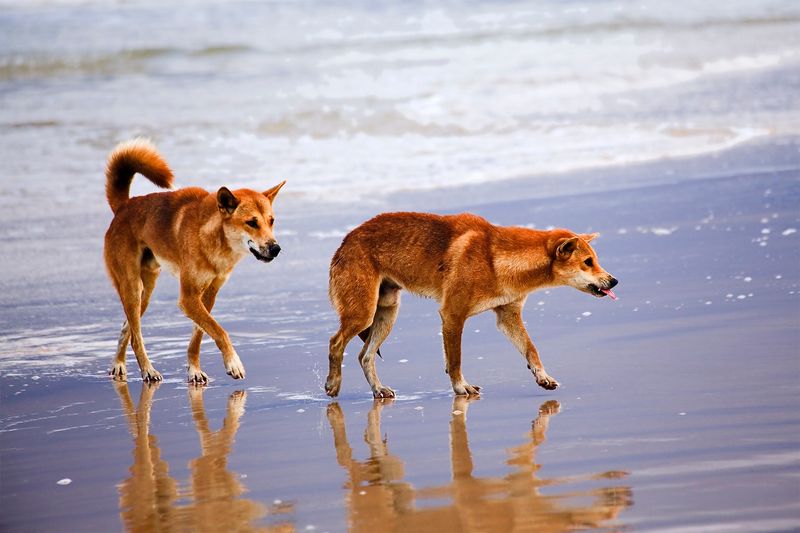
Multiple threats make this UNESCO World Heritage site a paradise with peril. Strong rip currents can sweep even strong swimmers out to sea without warning. The waters also harbor tiger sharks, bull sharks, and deadly box jellyfish.
On shore, Fraser Island’s wild dingo population poses another risk. These opportunistic predators have been known to approach humans, especially children. Despite dangers, tourists flock to this stunning island’s pristine beaches.
4. New Smyrna Beach, Florida, USA
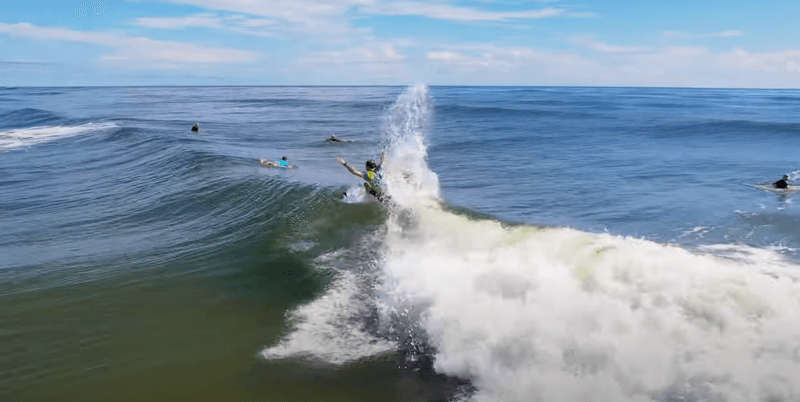
Surfers flock to these waves despite the alarming statistics. With more shark bites per square mile than anywhere else on Earth, New Smyrna Beach has earned the title “Shark Attack Capital of the World.”
Most encounters involve blacktip and spinner sharks mistaking splashing hands and feet for fish. The murky water created by nearby Ponce Inlet reduces visibility, increasing the likelihood of these unfortunate cases of mistaken identity.
5. Kilauea Beach, Hawaii, USA
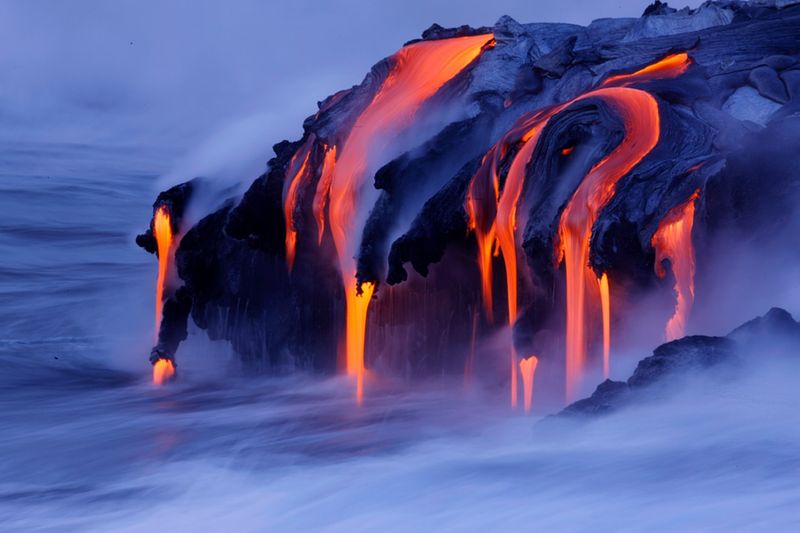
Volcanic activity creates both stunning and dangerous conditions at this dramatic shoreline. When lava flows meet ocean waters, they produce toxic steam plumes containing hydrochloric acid and fine glass particles that can cause serious respiratory problems.
Kilauea’s black sand beaches hide powerful rip currents and unpredictable surf. The ocean floor drops off suddenly near shore, creating treacherous swimming conditions even for experienced visitors familiar with Hawaii’s typically beach-friendly reputation.
6. Cape Tribulation, Australia
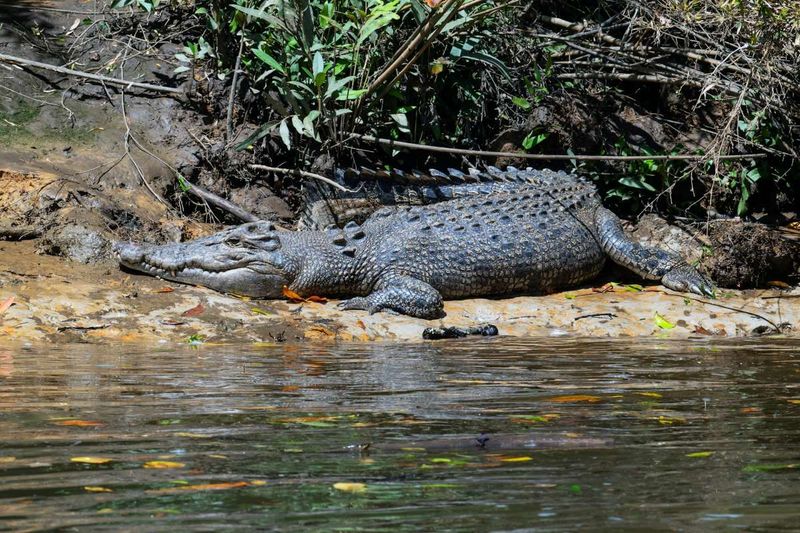
Paradise meets peril where the rainforest meets the reef. From November to May, deadly box jellyfish make swimming potentially fatal without protective stinger suits. Even wading in shallow water isn’t safe.
Saltwater crocodiles patrol these shores, sometimes basking on the beach itself. Cape Tribulation’s remote location means emergency help is far away, adding another layer of risk to any dangerous encounter in this otherwise breathtaking tropical setting.
7. Chowpatty Beach, India

Pollution levels make this urban beach a serious health hazard rather than a swimming destination. Raw sewage, industrial waste, and garbage routinely wash ashore, creating a toxic environment for anyone entering the water.
Despite contamination warnings, Chowpatty Beach remains crowded with visitors who come for the vibrant atmosphere and food stalls. The high bacteria counts have been linked to skin infections, gastrointestinal illness, and other health concerns among those who venture into these hazardous waters.
8. Hanakapiai Beach, Hawaii, USA
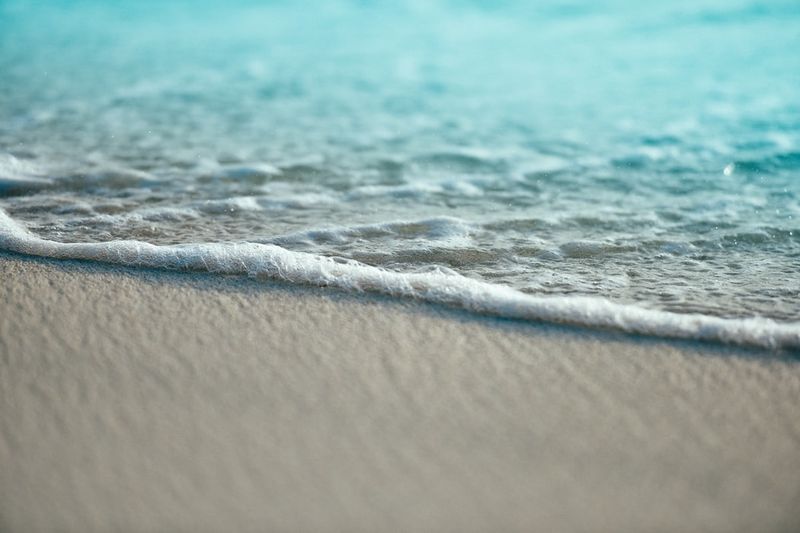
Powerful rip currents have claimed over 80 lives at this deceptively beautiful spot. Located along the stunning Na Pali Coast, reaching this beach requires a challenging two-mile hike, meaning emergency help is dangerously far away.
Hanakapiai has no reef barrier to break incoming ocean swells. Warning signs display a grim tally of drownings, but the turquoise water still tempts exhausted hikers. Even strong swimmers have been pulled out to sea here, never to return.
9. Playa Zipolite, Mexico

Nicknamed “Beach of the Dead,” this otherwise idyllic stretch earned its ominous title for good reason. Powerful underwater currents can appear without warning, even when surface conditions appear calm and inviting.
Playa Zipolite’s strong undertow has claimed numerous lives over the years. Mexican authorities have implemented a flag system and lifeguard presence, but the beach still claims victims who underestimate its power while enjoying the laid-back, bohemian atmosphere this otherwise beautiful destination is known for.
10. Utakleiv Beach, Norway
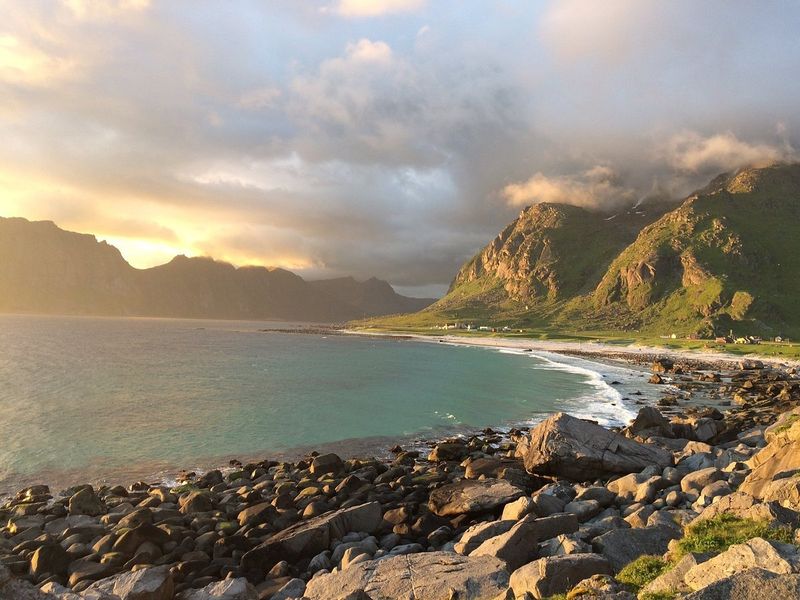
Frigid Arctic waters pose an immediate hypothermia risk even during summer months. Water temperatures rarely exceed 50°F (10°C), giving swimmers only minutes before cold exposure becomes life-threatening.
Utakleiv’s remote location in the Lofoten Islands means emergency services are far away. The beach’s jagged rocks and unpredictable North Atlantic swells create additional hazards. Despite these dangers, photographers flock here for the stunning Arctic light and heart-shaped rock formation.
11. Grace Bay, Turks And Caicos

Crystal waters reveal potential hazards long before they become dangerous. The gentle slope of the ocean floor creates ideal conditions for swimmers of all abilities, with gradual depth changes that eliminate sudden drop-offs.
Grace Bay’s protective reef system breaks powerful waves offshore. Regular beach patrols and clear safety information give visitors peace of mind while enjoying the pristine white sand. The water clarity allows for exceptional visibility, making it easy to spot and avoid the few sea urchins present.
12. Lanikai Beach, Hawaii, USA
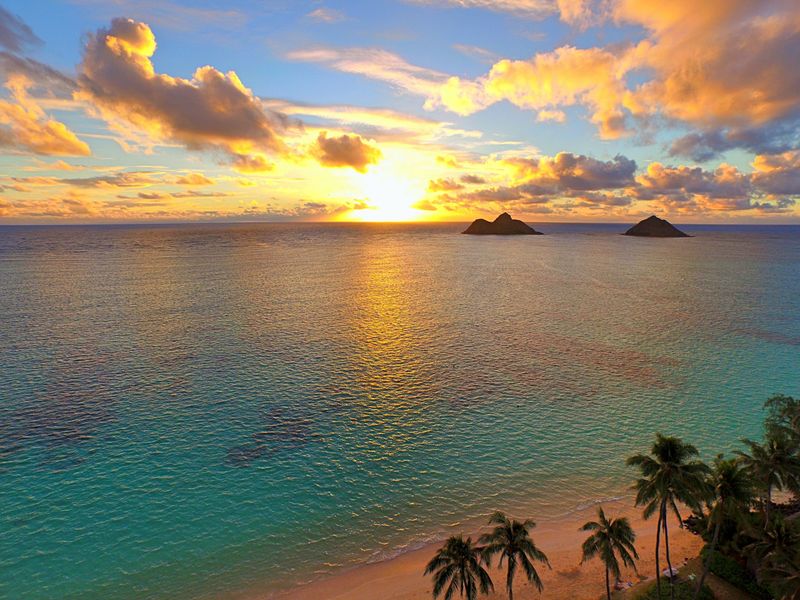
Offshore reefs create a natural swimming pool effect along this sheltered coastline. The calm, shallow waters rarely see dangerous conditions, making it perfect for families with young children and inexperienced swimmers.
Lanikai’s consistent lifeguard presence provides additional safety. The beach’s protected location shields it from Hawaii’s larger swells, creating predictable conditions year-round. Clear water visibility helps visitors easily spot the few rocky areas and avoid the occasional sea urchin.
13. Camp’s Bay Beach, South Africa

Safety flags clearly mark designated swimming zones supervised by trained professionals. The beach management team monitors conditions hourly, adjusting safety recommendations as needed throughout the day.
Camp’s Bay combines security with convenience, positioning emergency services nearby for quick response. The main swimming area features a gradual depth increase with minimal currents. Visitors appreciate the clear signage explaining potential hazards and daily conditions in multiple languages.
14. Anse Source d’Argent, Seychelles
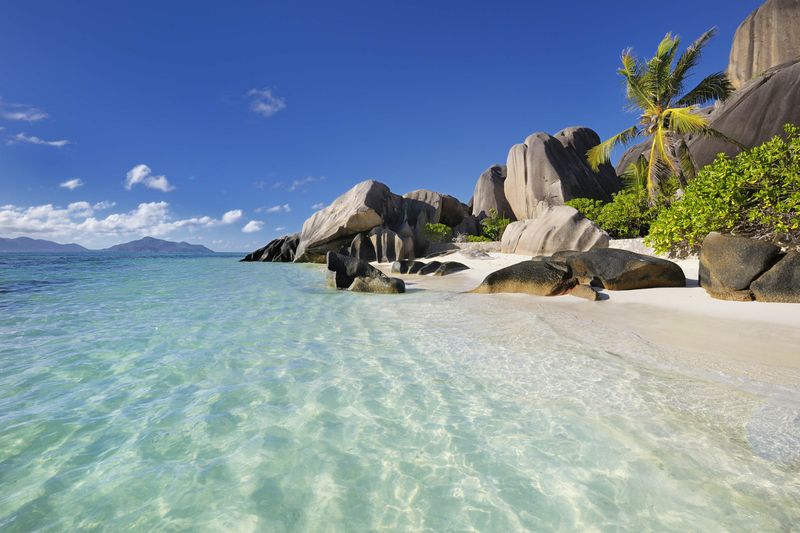
Massive granite boulders create natural breakwaters that neutralize ocean currents. The shallow lagoon maintains consistent depth, rarely exceeding chest height even hundreds of feet from shore, eliminating drowning risks from sudden drop-offs.
Anse Source d’Argent’s protective coral reef prevents dangerous marine life from entering swimming areas. The beach’s sheltered position shields it from seasonal monsoon effects. Water temperatures remain comfortable year-round, preventing cold-water risks while the crystal clarity reveals any potential hazards.
15. Clearwater Beach, Florida, USA
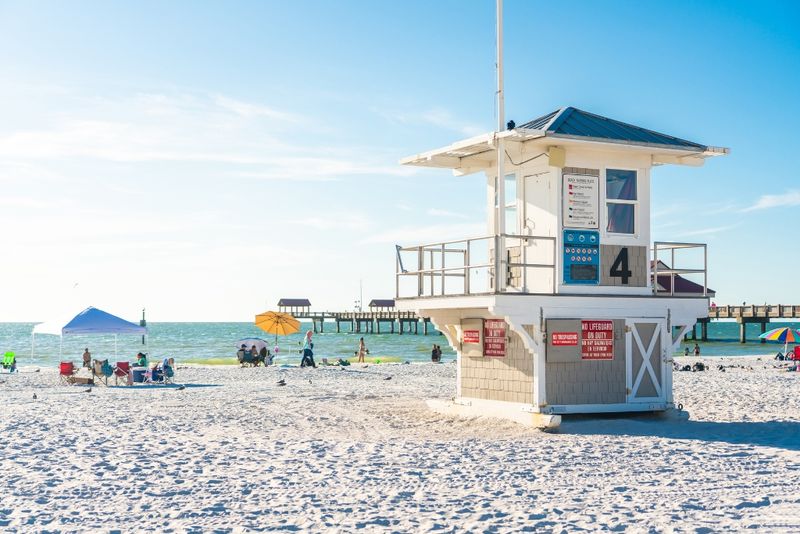
Regular water quality testing ensures swimmers enjoy clean, safe conditions. Lifeguard towers spaced at short intervals provide continuous monitoring, with guards trained specifically for the beach’s particular conditions and potential hazards.
Clearwater lives up to its name with exceptional visibility that helps swimmers spot and avoid the occasional jellyfish. The beach’s gentle waves make it ideal for children and less confident swimmers. Daily flag updates communicate water conditions clearly, allowing visitors to make informed decisions.
